Where, Oh Where Can They Be?

He began by explaining to us that trout are low-light feeders. Because of the location of their eyes on their head, they tend to always be looking upward and will ambush unsuspecting bait fish from below. So optimal conditions for trout fishing will be during an incoming tide early in the morning or incoming tide late in the afternoon. On bright sunny, windless days you won't find them feeding as much between those times because of the intensity of the sun beating down through the water. They will feed more aggressively on overcast days or breezy, windy days when the water's surface is broken up a bit. It's easier on their eyes.


We'll start with the months of February, March and April. During these months the Nature Coast waters are still pretty cold and we often have late season cold fronts blow in unexpectedly. During low tide you can see limestone rock sticking up out of the water. This exposed rock will absorb as much heat from the mid-day sun as it can before the tide comes in and covers it again. That rock still stays warm under water for a little while longer and trout will seek these spots out to warm themselves. Try fishing areas like this during the incoming tide. Compared to the rest of the year, trout have a little bit more spunk to 'em when you're catch them on light tackle during these transition months. When those rocks are covered at high tide, they've lost all of their warmth and the trout have moved back into deeper holes where the water may not be as warm but it's a stable temperature and they'll congregate there in higher concentrations.
As spring moves into summer, you'll be looking at shallow water on windless days. Capt. Toney suggested that we lighten up our tackle a bit during these months. No heavy jig-heads plopping in the water. This would be a great time to try that DOA 5.5 inch glow colored jerk bait that he showed us in Part 2 of our meeting. This lure is a little heavier than most soft plastics which makes it easier to cast farther, thereby covering more ground....er....water. The Capt. explained that this lure will hit the water lightly and the loop knot will allow it to 'wiggle' through the water during the reeling-in process. Use a little 'twitch' action every now and then, too.
As the summer gets hotter, the shallow waters will get hotter, too. This is when trout will move out to deeper, cooler waters. If you're so inclined to follow them out there and find 'em, here's how you go about doing that: Hypothetically you'll be in about 8-12 feet of water. This is a system Capt. Toney called "Dragging", basically trolling for trout. Use a 1/8 oz jig-head and a bait color of either rootbeer, new penny or electric chicken. Color will make a difference in this instance and if you can get any of these colors with a gold flake added, do it. Cast behind you and as you drift with the wind or current, your bait will drag behind moving at the same pace. This is actually a good way to catch trout in deeper water.
Targeting trout in the late, hot summer months, like August for instance, will be a different story all together. Just like people, the dog-days-of-summer leaves them with little energy. The water heats up inshore and they're off to find deeper cooler temperatures. That's not to say that you can't catch them inshore, though. You know those late summer thunder storms that roll through on a daily basis and dump an hours worth of rain? They are the catalyst that'll change conditions. Cooler water temperatures will follow, welcoming trout to return to the flats to feed for a while. Fish for a few hours after one of these afternoon rain storms and approaching sunset. These overcast conditions will trigger fish bites.
As Fall approaches, it'll bring a nice change of pace from the hot, steamy months of summer. What's also different is that Capt. Toney noticed that the typical trout bite on incoming tide seems to reverse during the months of September and October. He's noticed a trend during these months where the trout bite is more numerous during the outgoing tide and said that he catches more trout using a top-water lure during this time of year. These are the lures that will attract larger, more aggressive fish.
Then, of course, comes the dreaded winter! This is the time of year when trout will head in one of two ways, either into the deeper parts of rivers like the Withlacoochee or into King's Bay where the water temperature is fairly regulated by the springs, or they'll go in the complete opposite direction and head out into the deeper parts of the Gulf (20-30 feet or so). Quick temperature drops on the flats will freeze them out so it's their survival mechanism that sends them running when their bodies feel that permanent temperature change coming on. So if you're targeting trout in the winter, look for the deeper areas (holes, channels, canals, etc.) and also look for dark bottom areas. Remember, dark colors absorb heat (that's why we wear dark colors in the winter) and dark water bottoms do the same. Find the 'hot-spots' you'll find fish, too. This will be a good time to use a jig-head - to get your bait to the bottom, where the fish are.
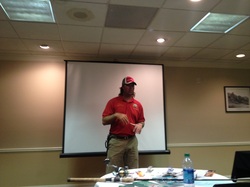
Secondly, trout will sometimes have 'soft takes' which means that they have larger than average mouths and can engulf a piece of bait or lure without the angler ever feeling the strike so it's important to pay attention to all possible strikes. Try an experiment when you feel frustrated out there. Cast out, then close your eyes. Pay attention to the feel of the rod and line. A small strike may not feel like much at first, but you may have a big-un on the line.

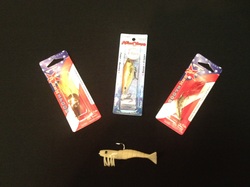
Dot - won the glow colored DOA 3" shrimp
Marilee - won the MirrOmullet topwater lure
Martha Ann - won the Eppinger copper original Rex spoon with the chartreuse feather
Theresa - won the Eppinger gold original Rex spoon with the red feather
Sue - won the MirrOlure C17MR Suspending Twitchbait

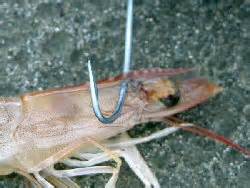










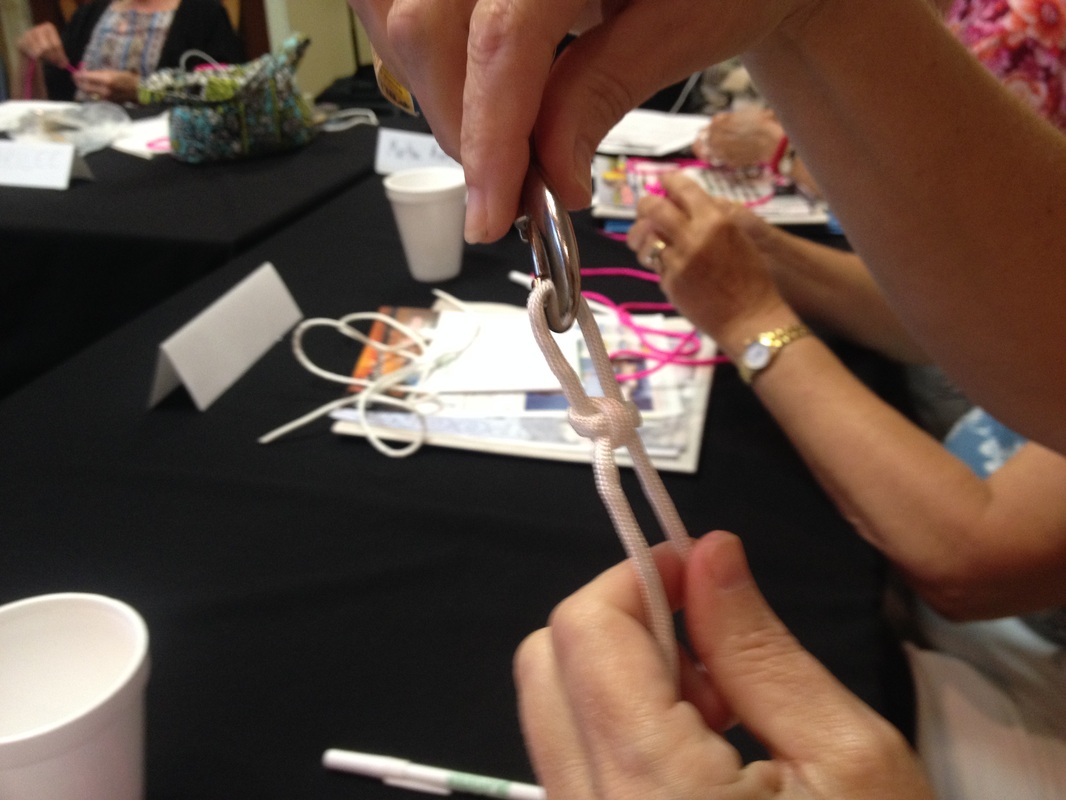






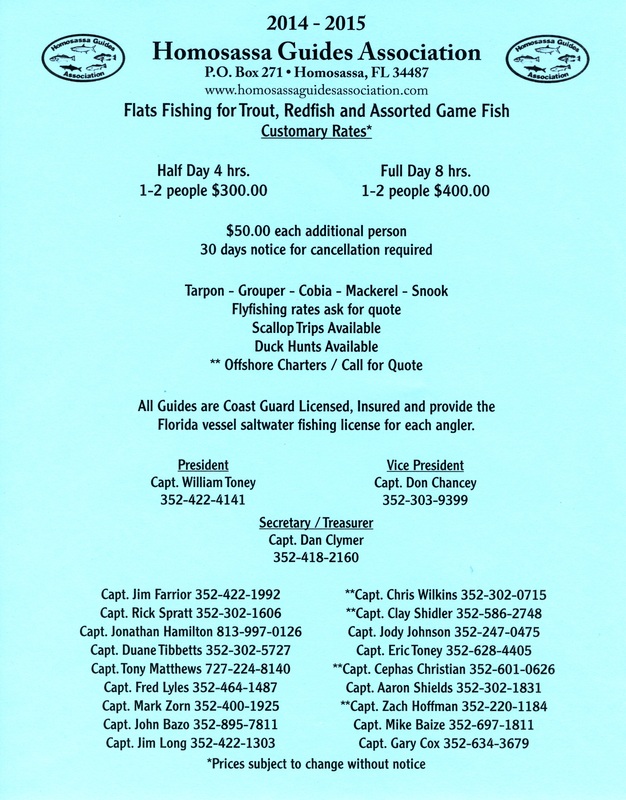







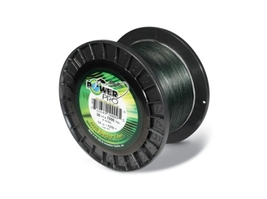
















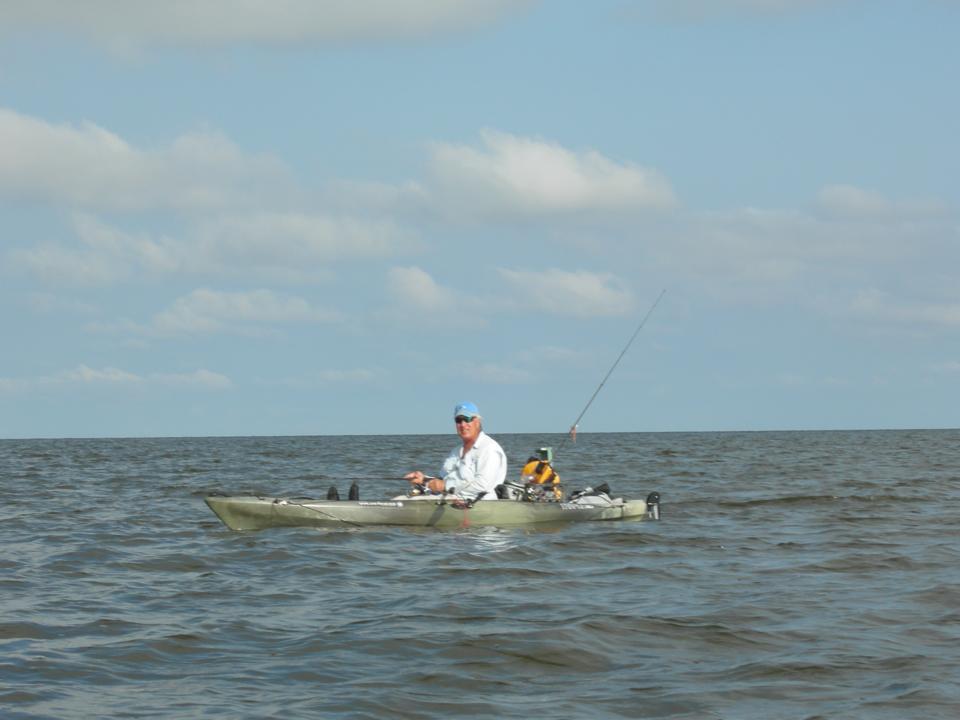




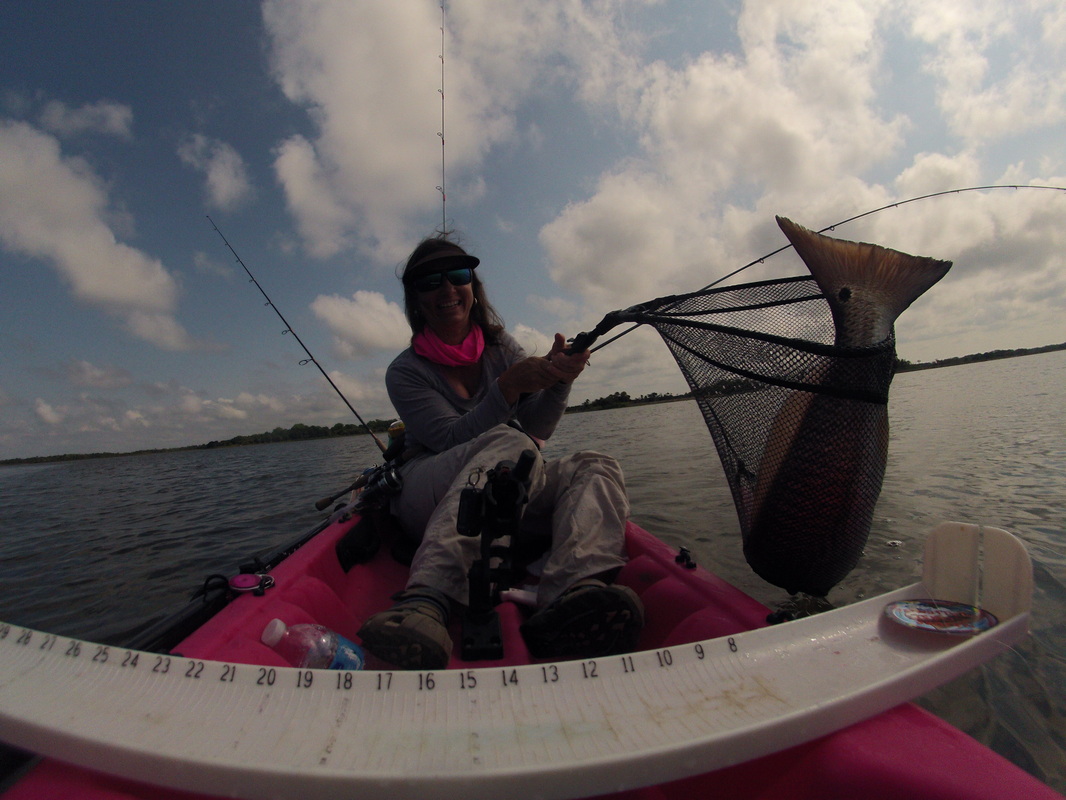

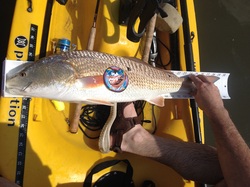

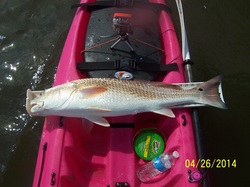
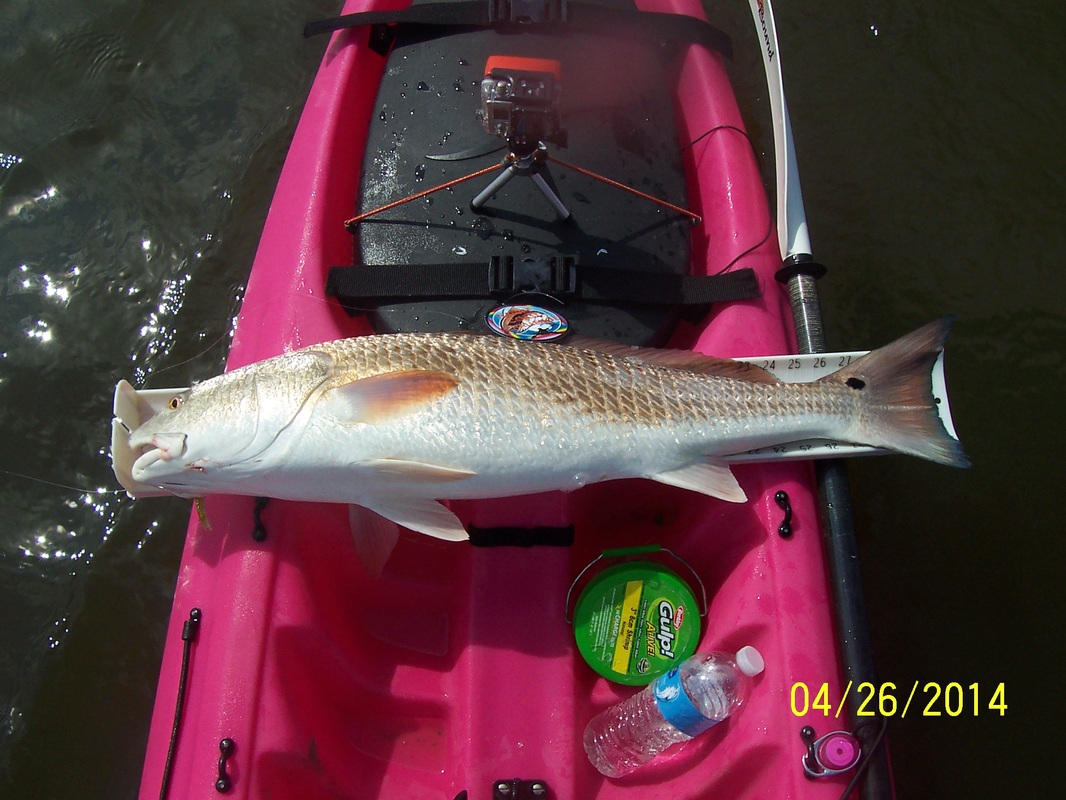


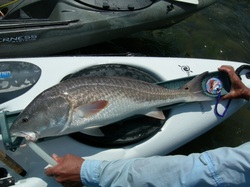


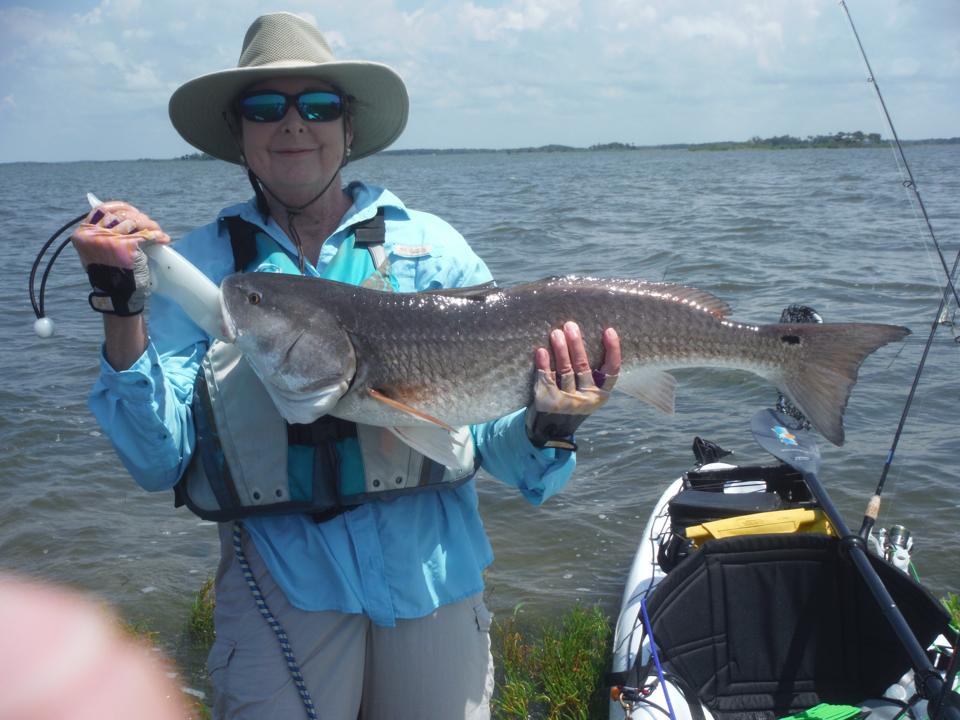


 RSS Feed
RSS Feed